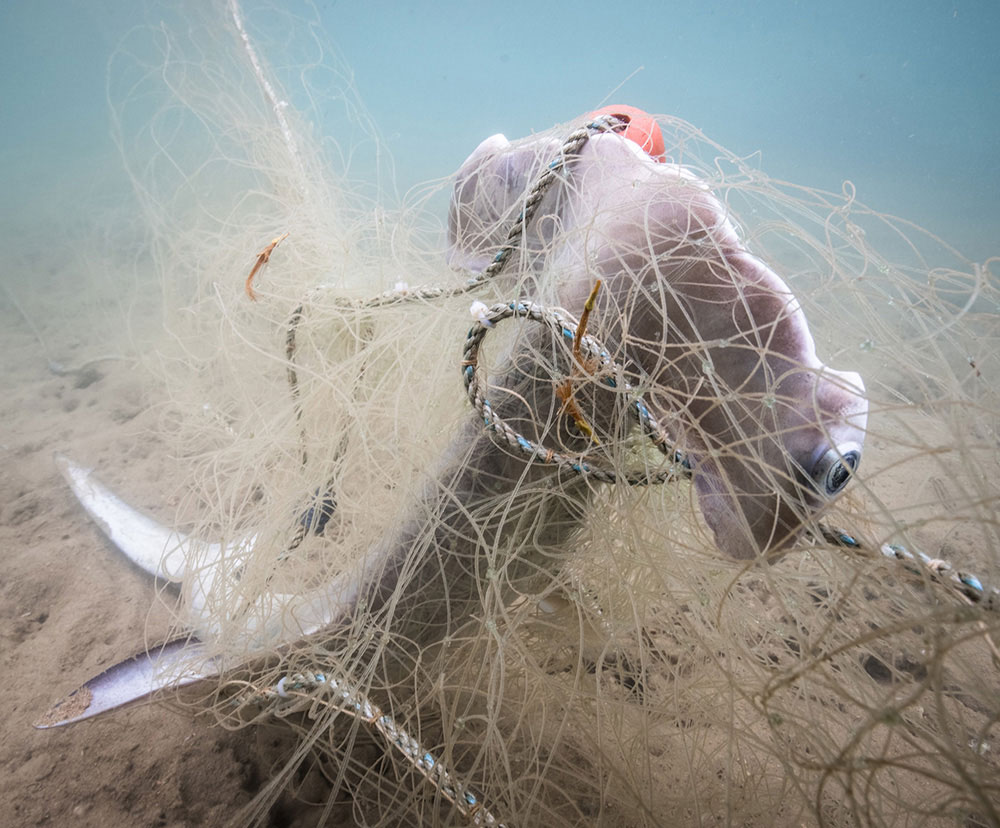Plastic pollution in the ocean has a devastating impact on marine life and ecosystems. The most obvious one being the damage plastic items cause to animals when they come into contact with or ingest them, which include suffocation, entanglement, laceration, infections and internal injuries.
17% of the species affected by the presence of plastic in the ocean are on the International Union for Conservation of Nature Red List of Threatened Species.
Yet, there are more problems related to plastic: floating plastic items can help transport invasive species, which leads to threats for marine ecosystems, biodiversity and the food web.


